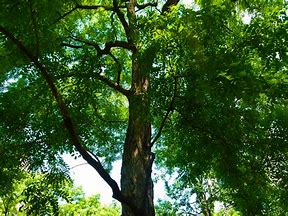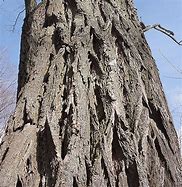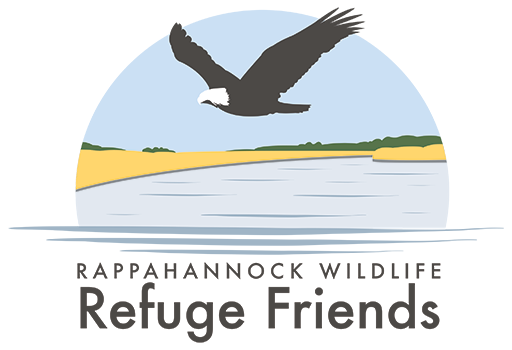Black Locust

Black Locust (Yellow Locust)
Robinia pseudoacacia L.
Mature Size: 30 to 70 feet tall, 1 to 2 feet in diameter
Form: Medium-sized, with crooked branches; may form thickets through root suckering.
Where to Find Them: Variety of sites, including disturbed areas; grows best on moist loams of limestone origin.

Leaves: Alternate, pinnately-compound, 8 to 14 inches long, with 7 to 19 oval, smooth-edged leaflets
Fruit and Seeds: Flat, brown pod, 2 to 4 inches; each pod containing 4 to 8 kidney-shaped, smooth, reddish-brown seeds; ripening in fall
Wildlife use: Sprouts and seedlings are important food for cottontail rabbits and deer. Birds that eat black locust seeds include bobwhite quail and other game birds. Older trees with heart rot are used by cavity nesters, such as woodpeckers. The flowers are an important nectar source for honey production.

Bark: Gray or light brown, thick and fibrous, heavily ridged and furrowed, resembling a woven rope.
Use the “RETURN” button to return to the tree list
OR
Scan the QR code on the next tree sign
Upcoming Events
Rappahannock Wildlife Refuge Friends
P.O. Box 1565
Warsaw, VA 22572-1565
